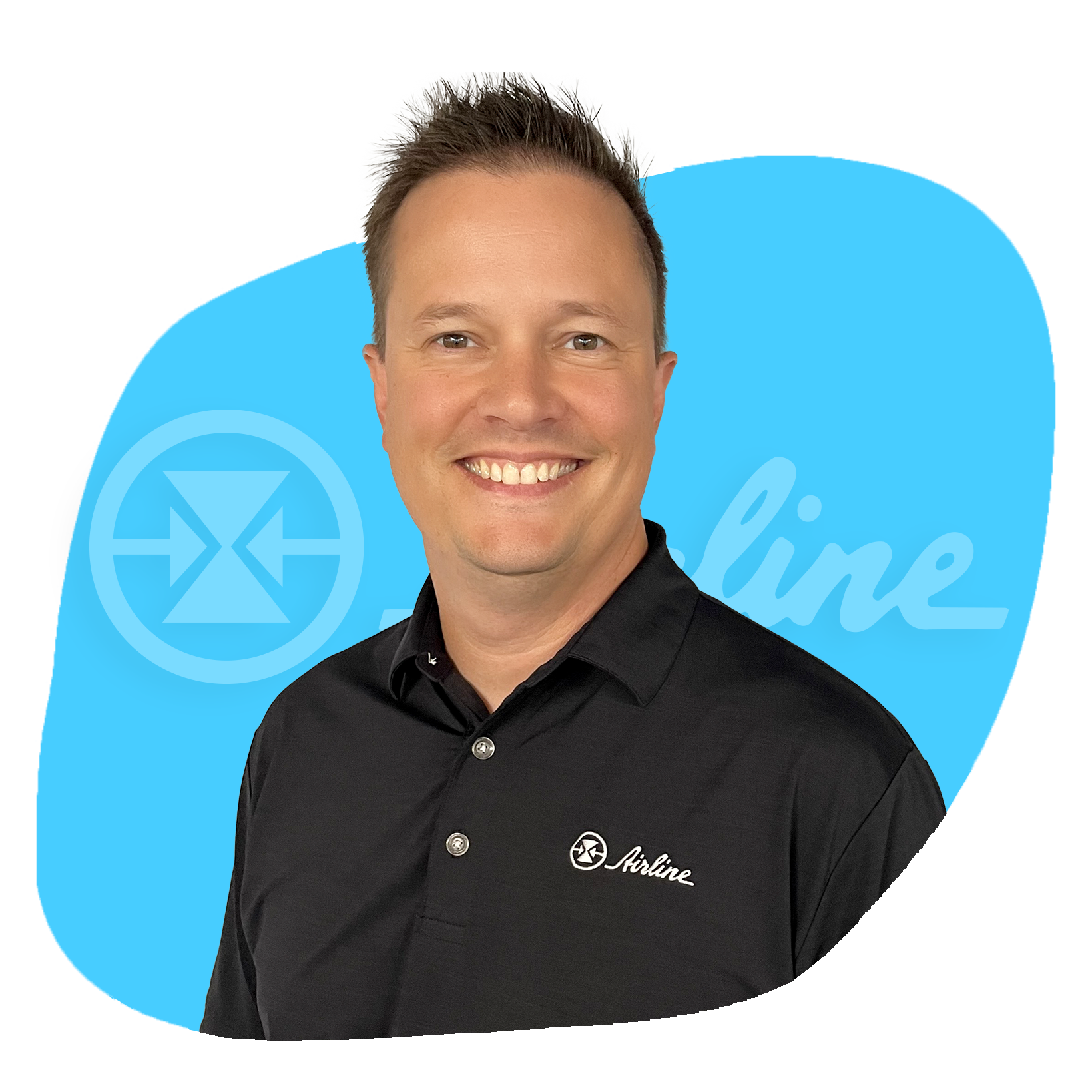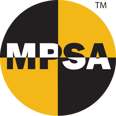When it comes to machine safety, most people only think about electrical safety, using devices like light curtains, safety switches, and more. However, more than 60% of modern industrial machines involve other energies besides electrical energy. All energies pose a risk to workers, and each one has associated safety standards that machine owners must comply with. This is where hybrid safety solutions step in, utilizing a combination of electrical, electronic, electro-mechanical, and fluid-power devices to control all hazardous energy sources. Let's review some of the more prominent safety standards for systems and review why a hybrid approach is critical for preventing accidents.
Shop Pneumatic Safety Products
Skip to a Section
Common Standards | Electrical | Hydraulic | Pneumatic
Importance of Hybrid Safety | Additional Resources
Common Safety Standards for Electrical, Hydraulic, and Pneumatic Safety
First, it's important to note that safety standards change over time, so the information below should only be used to gain a general understanding of safety standards. Only a risk assessment completed by a qualified provider can verify which up-to-date safety standards apply to your machines/equipment and how you can reach compliance.
|
|
Electrical Safety Standards
Working with electrical equipment in industrial settings can pose various safety risks, including electrical shock, burns, fires, and explosions. The Occupational Safety and Health Administration (OSHA) has specific safety standards that address electrical safety, including the use of personal protective equipment, safe work practices, and equipment design requirements. In addition, the National Electrical Code (NEC) and the American National Standards Institute (ANSI) also provide workplace electrical safety guidelines. Some important safety standards that apply to industrial electronic devices in the United States include:
- UL 508 - This standard covers industrial control equipment such as motor starters, circuit breakers, and contactors.
- NFPA 79 - This standard applies to industrial machinery and covers the electrical, electronic, hydraulic, pneumatic, and mechanical aspects of the machinery.
- NEC - The National Electrical Code (NEC) covers the installation of electrical wiring and equipment in buildings and structures.
- ANSI/ISA 12.12.01 - This standard covers the electrical equipment used in hazardous locations.
- ANSI/UL 1995 - This standard covers heating and cooling equipment.
- IEC 61508 - This standard covers the functional safety of electrical/electronic/programmable electronic safety-related systems.
- ISO 13849 - This standard specifies the safety requirements and levels for the design of safety-related control systems.
Hydraulic Safety Standards
Safety risks involved with working with hydraulic equipment include fires and explosions, fluid injection injuries (when high-pressure hydraulic fluid penetrates the skin), and crushing injuries. It's important to follow hydraulic safety standards to prevent these injuries, and in the United States, OSHA and ANSI have several standards that apply to industrial hydraulic systems. These include:
- Control of Hazardous Energy (Lockout/Tagout) - 29 CFR 1910.147: This standard requires employers to establish a program and utilize procedures for isolating and controlling hazardous energy sources during the maintenance and servicing of machinery, including hydraulic systems.
- Mechanical Power Presses - 29 CFR 1910.217: This standard applies to hydraulic presses and requires employers to provide point-of-operation guarding and other safety devices to prevent operator injury.
- General requirements for all machines - 29 CFR 1910.212: This standard requires the guarding of hazardous machine parts, including hydraulic systems, to prevent employee contact with the hazardous areas of the equipment.
- American National Standards Institute (ANSI) - B11 series: This series of standards provide guidelines for the design, construction, installation, operation, and maintenance of machinery, including hydraulic systems.
Pneumatic Safety Standards
Pneumatic safety standards also play a crucial role in workplace safety. Some safety risks involved with working with pneumatic equipment include air embolism (when air bubbles enter a person's bloodstream and obstruct blood flow), hearing damage, eye injuries, and even explosions if there is a leak or failure in the system. OSHA, ANSI, the NFPA, and ISO have safety standards that address pneumatic safety, including proper use of personal protective equipment, proper maintenance of pneumatic equipment, and proper ventilation requirements. Several important safety standards apply to industrial pneumatics in the United States, including:
- CFR 1910.243: This standard covers general requirements for compressed air equipment
- CFR 1910.169: This standard covers the use and installation of air receivers.
- ANSI B11.19: This standard outlines safeguarding methods for presses, and ANSI Z244.1, which covers control of hazardous energy.
- NFPA has several standards that apply to pneumatic devices, such as NFPA 79, which covers electrical standards for industrial machinery.
- ISO 4414: covers general rules relating to pneumatic systems and components.
The Importance of Implementing Hybrid Safety Solutions
Hybrid safety solutions combine various technologies to provide an all-encompassing approach to machine safety. By utilizing electrical, hydraulic, and pneumatic safety technologies, hybrid safety solutions provide a comprehensive safety net around all of your machines/equipment, ensuring all hazardous energy sources are controlled/neutralized. This not only reduces workplace accidents and injuries (our number one goal) but also increases productivity, morale, and cost savings for businesses.
To learn about implementing hybrid safety solutions in your workplace, watch our on-demand webinar to learn:
• Key terms for electrical & hydraulic safety
• Hierarchy of protective measures
• LOTO considerations & best practices
• Safety requirements & standards for electrical, pneumatics, & hydraulics
• Common pneumatic safety solutions
• Common hydraulic safety solutions
• Functional specification development & safe design factors
• Emergency stop requirements from NFPA79
• Application examples with complete vs. incomplete safety functions
• Risk reduction verification/validation
• And more
Shop Pneumatic Safety Products










Leave Comment